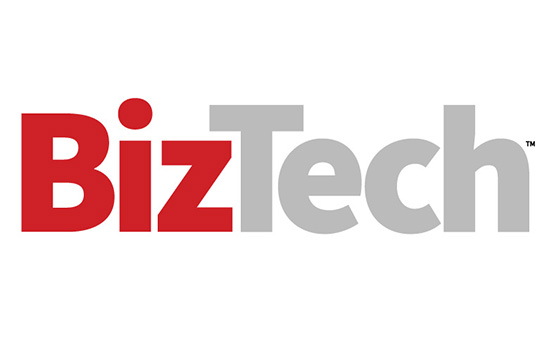Data scientists still spend approximately 80% of their time on cleaning, analyzing, processing and sorting data. And the volume of data is only increasing, according to Lenovo experts Rob Reviere, worldwide AI solutions architect, and David Kunttu, workstation portfolio manager for North America.
In fact, global data center demand is set to triple by 2030, reaching “an annual demand of 171 to 219 gigawatts,” according to McKinsey.
More data can lead to valuable insights, but it also means time-consuming work. Lenovo’s artificial intelligence–ready workstations are helping to solve this dilemma by accelerating data processing.
Here’s what IT leaders need to know about AI workstations and how teams can overcome common data challenges.
EXPLORE: Technology solutions from Lenovo and CDW to improve your work experience.
From AI Agents to LLMs, Lenovo Helps IT Leaders Keep Pace
As data volumes increase and AI models evolve, IT leaders need a dynamic approach to data that addresses present and future needs. And the future is coming faster than teams may think.
“2025 was supposed to be the year of AI agents,” says Reviere. “That happened, but the agents blew through really fast. Now it’s agentic design, which uses multiple agents collectively to solve problems completely autonomously.”
The advent of generative AI has also prompted two distinct trends. “Large language models are getting divided into two populations: models that are getting larger and models that are getting smaller.”
For Kunttu, constant change forces Lenovo to have a holistic approach. “You need specialized pieces that are really good at doing one thing, and something more general that connects them together. That’s where you get into actual AI. And we’re helping customers navigate and implement that AI.”
How AI Is Freeing Up Time for Deeper Data Analysis
Data scientists are spending far too many hours cleaning and processing data when they should be focusing on in-depth analysis. Managing data across multiple storage systems is another challenge because governance and security is harder to maintain.
But artificial intelligence can manage large data volumes no matter where they’re located, as long as the models are properly tested and trained.
WATCH: CDW’s Paul Zajdel shares why clean data is key to a successful AI deployment.
“Regardless of the framework you’re using, you treat data in a very similar way,” says Reviere. “First, you take this data and break it into two or three subsets. One subset is what you train against, and the other is what you test against.”
For example, if you have 800,000 pieces of data, teams can train AI models on 400,000. Then, test the model against the remaining 400,000. If the test results are the same as training, you know the model is working properly, notes Reviere.
It’s an iterative process in which AI tools are developed, tested and finally pushed to production.
Click the banner below to learn why visibility is essential for data security.
Bring AI to Life by Connecting Hardware, Networking and Apps
With Lenovo AI-ready workstations, which run on the latest Intel Xeon CPUs and NVIDIA GeForce RTX GPUs, data scientists can interactively query, visualize and explore workstreams that contain billions of records in just milliseconds.
For Kunttu, Lenovo’s role goes beyond hardware. “We really want our customers to understand that there is no ‘AI button.’ You must define what you want and what you expect.”
“It’s not just hardware, networking and apps,” says Reviere. “It’s also security, modeling and training. You have to put all of these moving pieces together.”
This article is sponsored by:














